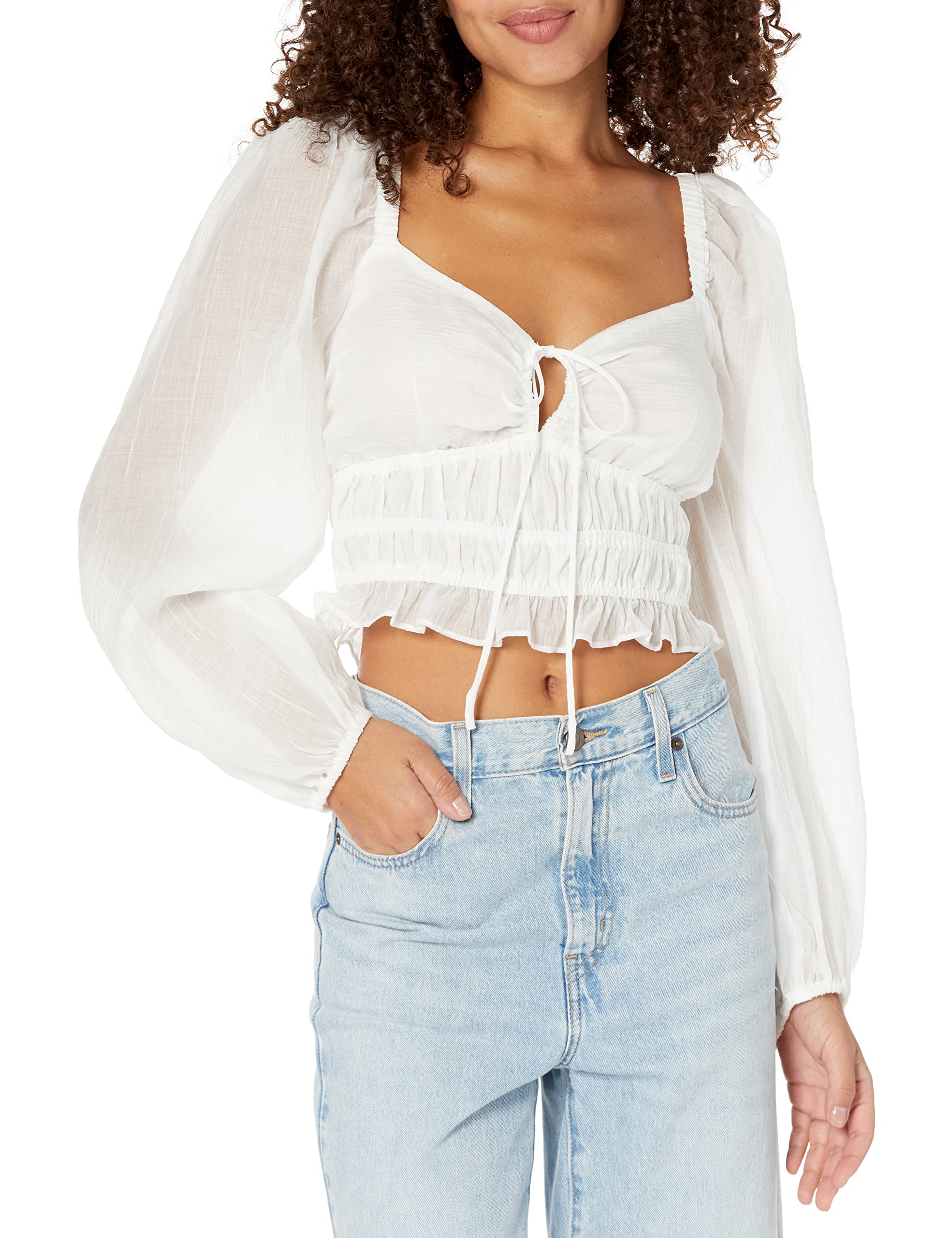 A beautifully designed top can be a reflection of one's style and attitude. — ASTR the label Women's Irwin Top —
A beautifully designed top can be a reflection of one's style and attitude. — ASTR the label Women's Irwin Top — Get this here.
* Minimalism is a century-old recoil from physical constraint.
* Its clean lines were first drawn by war and necessity, not just design.
* The aesthetic of effortless was born from the very real effort of modern life.
The whole notion of "minimalist chic" didn't just appear on a runway, fully formed and swathed in beige cashmere. It was a hard, swift punch against the gilded cage of the past. Think of the Gilded Age woman, a creature cinched and bound by whalebone and steel, her organs rearranged for fashion, carrying the weight of a dozen yards of silk and social expectation on her hips. The first wave of simplicity was a gasp for air. Designers like Paul Poiret at the turn of the 20th century were lauded as liberators. He famously ditched the corset, freeing the torso, only to introduce the hobble skirt, a garment that seemed designed to make a woman fall flat on her pretty, liberated face. Liberation is rarely a straight line.
True, functional minimalism was hammered into shape by global catastrophe. During World War II, the British government introduced the "Utility Clothing Scheme," a brutalist approach to fashion born from fabric rationing and the need to divert resources to the war effort. Every garment, stamped with the CC41 logo, was a testament to making do. It dictated the number of pleats on a skirt, forbade extraneous pockets, and regulated silhouette. This wasn't a choice; it was a mandate. That stark Jil Sander coat has a great-grandmother, and she was a woman trying to keep warm with rationed wool while worrying if her husband would come home. The elegance we see in it now is a ghost of that resilience, a design language forged in scarcity.
Across the Atlantic, a different kind of quiet functionality was taking root, one less about wartime austerity and more about a new kind of woman. American sportswear designers like Claire McCardell looked at the lives women were actually living—driving cars, working, raising children—and built clothes for that reality. She championed separates, wrap dresses like her famous "Popover" design, and practical fabrics like denim and wool jersey. This was a different sort of minimalism, born not in a Parisian atelier but in the frantic morning rush of a woman who had things to do. It was the radical idea that a woman's clothes should serve her, not the other way around; a uniform not of high-concept art, but of pragmatic self-preservation.
Get It On Amazon ::: (brought to you by Kiitn)
▷ Get this here.
ASTR the label Women's Irwin Top Price, $79.18 $ 79 . 18 See options
#Ad Our articles include affiliate links: If you buy something through a link, we may earn a commission 💕
[ Purchase Options ]

No comments:
Post a Comment